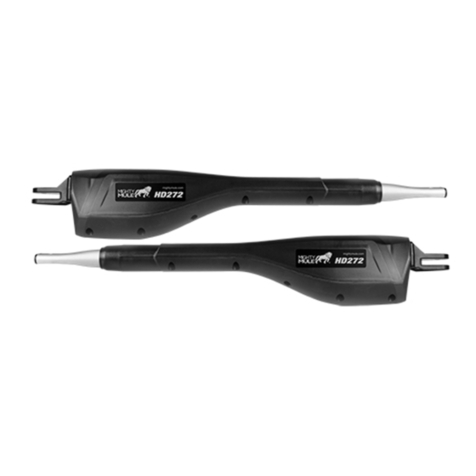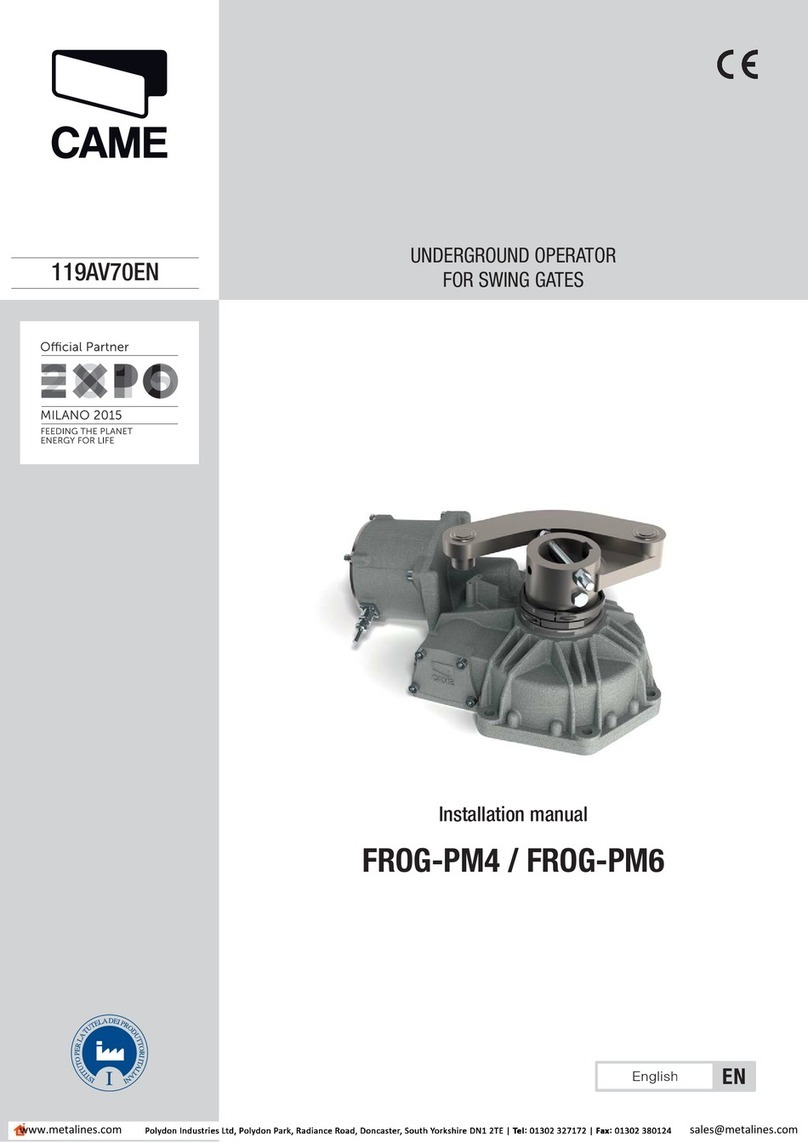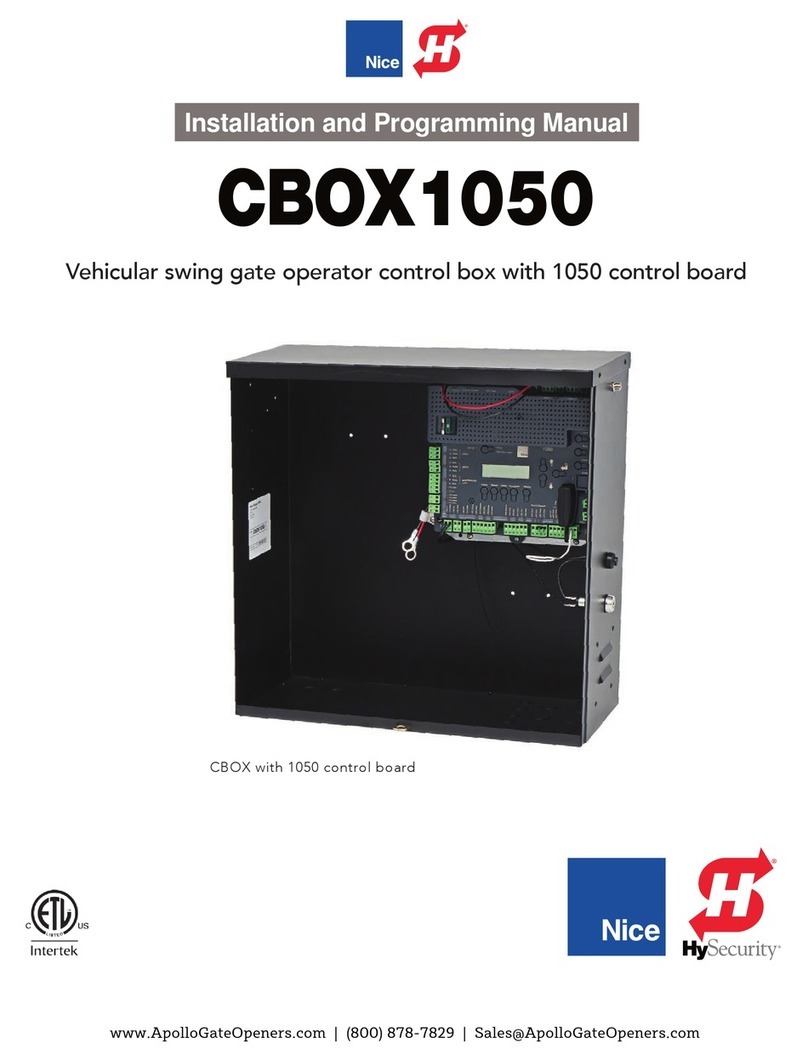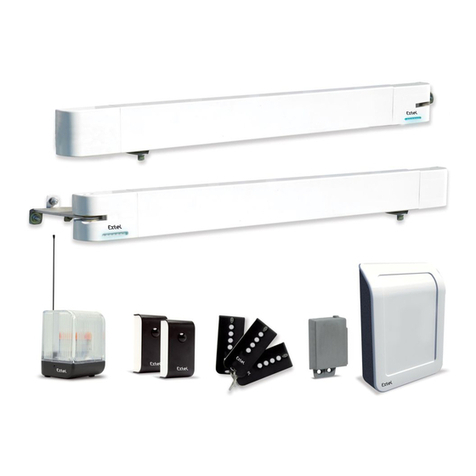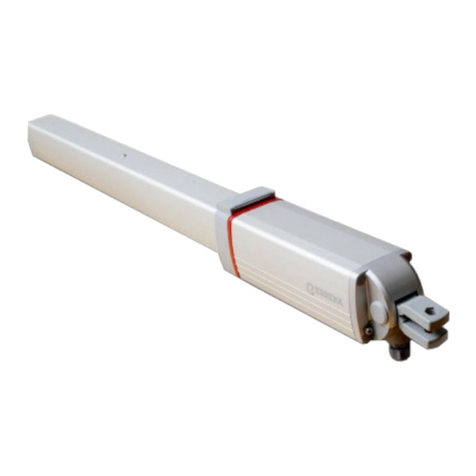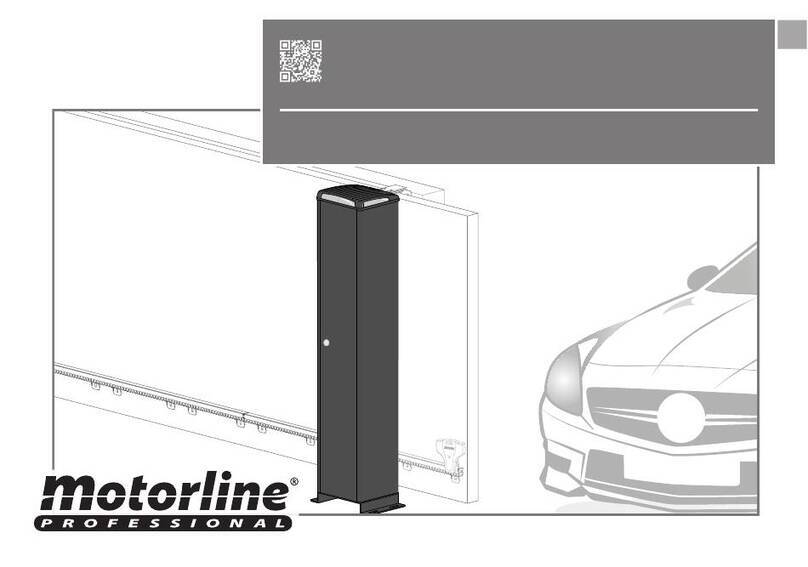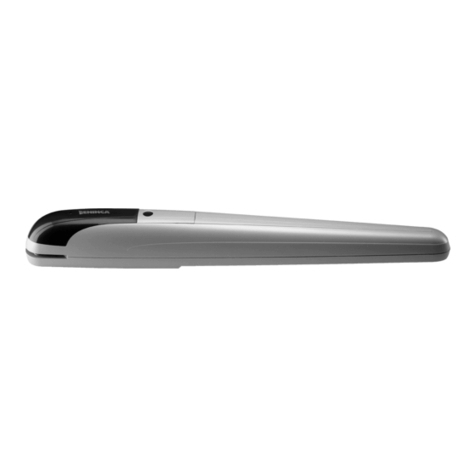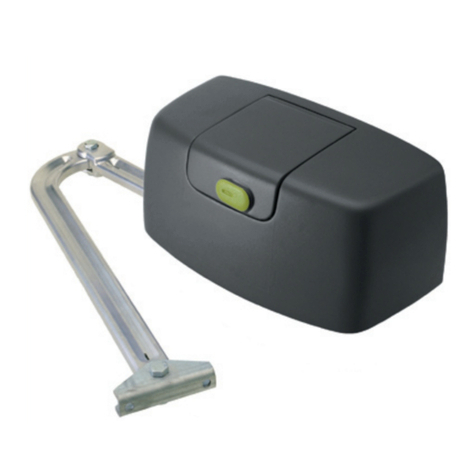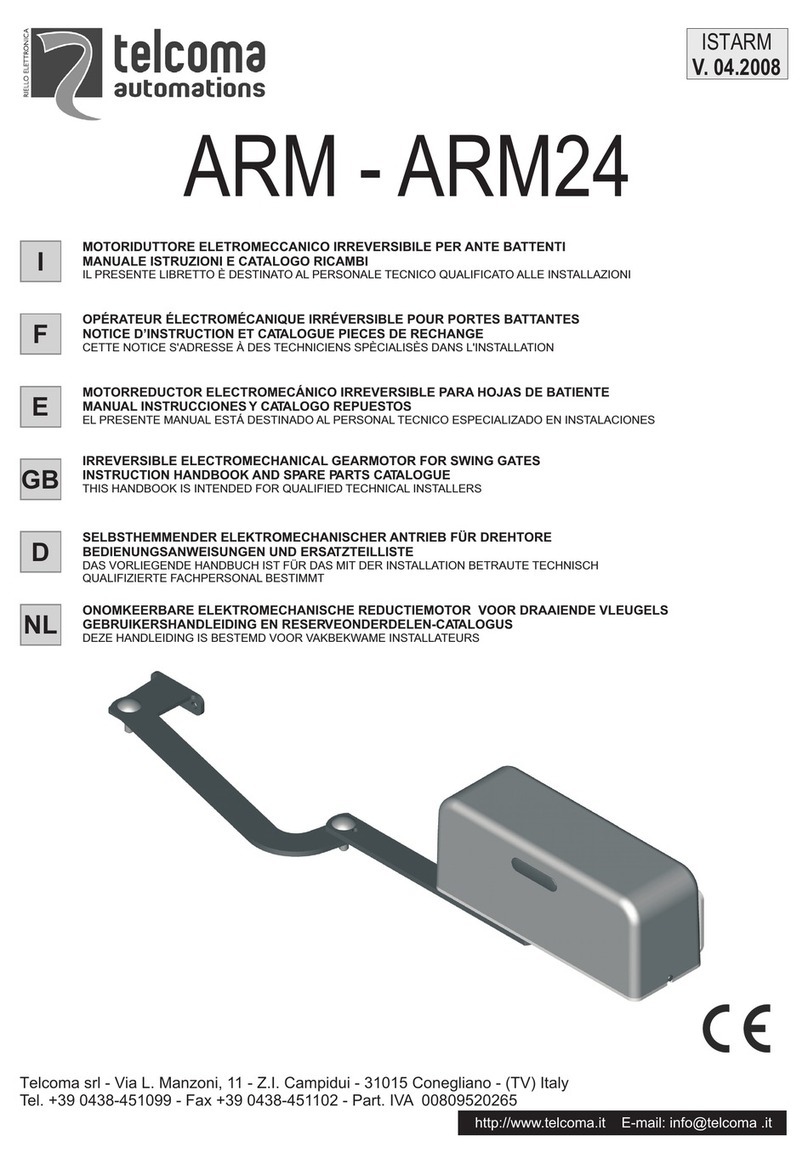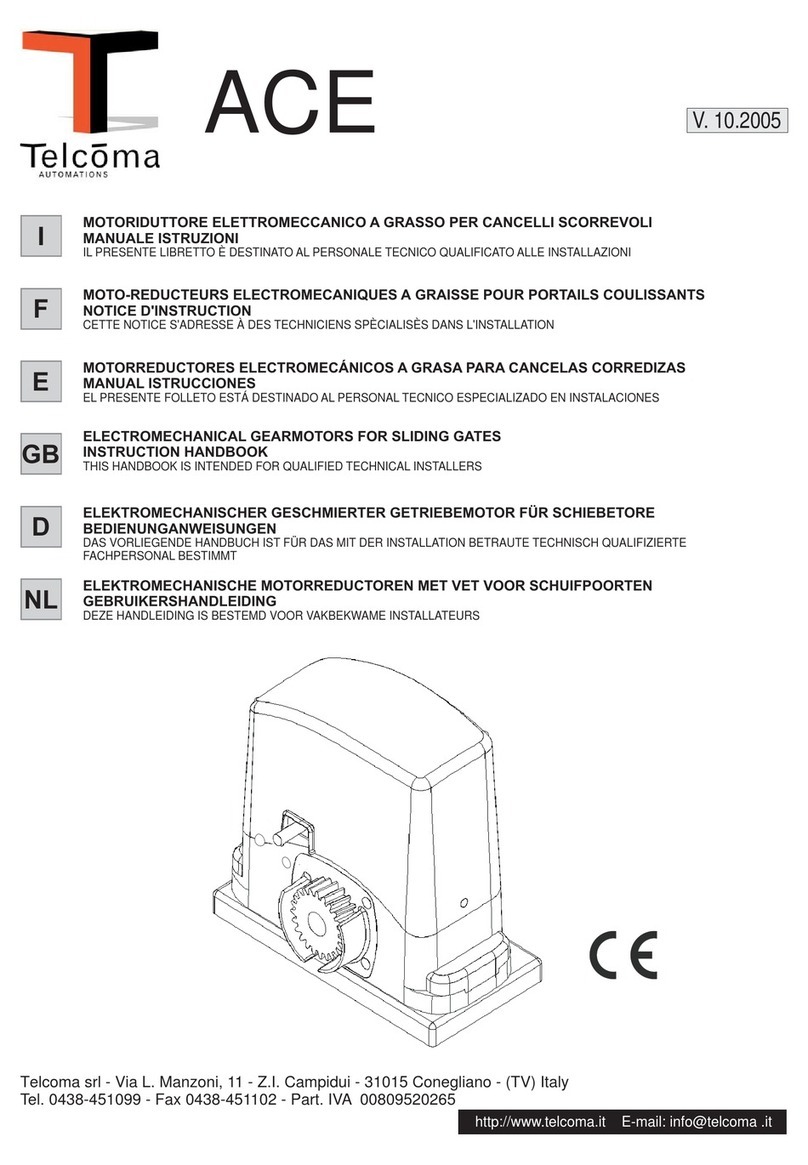
INTRODUCING SWINGSMART DC
Thank you for purchasing our premium SwingSmart
DC™ 20 swing gate operator. At HySecurity®
Gate, Inc., we pride ourselves on quality and a
number of unparalleled user benets:
Robust - An especially strong twin channel
steel chassis and adjustable taper clutch greatly
improves the ability for SwingSmart to resist
damage from vehicle hits on the gate. The
components on the Smart DC Controller are
protected by opto-isolators which shield them
from power surges and lightning strikes.
Power - A variable speed control board supplies
a powerful, continuous 24V DC motor which drives
a 600:1 gearbox providing variable speeds. The
electronics, motor and gear box are rated to
operate in very broad temperatures that range
from -13°F to 158°F (-25°C to 70°C). SwingSmart
DC is rated for gates up to 20 feet long and 1,300
pounds.
Finesse - A variable rate of gate acceleration and
deceleration, dependent upon gate weight and
length, assures very smooth handling.
Adaptable - The design incorporates a universal
gate arms to assure aesthetic functionality. An
articulating arm is an available option which also
provides adaptability to a variety of site situations.
UPS backup and Solar ready - Two 12V, 8 amp
hour (Ah) batteries will provide a fully functional
gate operator (up to 300 gate cycles) when AC
power is unavailable. Four user-selectable UPS
modes are available. 12VDC and 24VDC are
available to power access controls. The unit’s
design also incorporates space for optional 50Ah
batteries to support solar applications or usage
during extended power outages.
INTELLIGENT FEATURES: SMART DC
CONTROLLERTM
Automatic adjustment and synchronization
of bi-parting gates - The Smart DC Controller
automatically adjusts the gate speed to synchronize
the left and right gates so that they reach the open
and close positions at the same time. Independent
leaf delay adjustment for bi-parting gates is
selectable in ½ second increments.
Menus and User relays - The Smart DC Controller
has a multitude of menu items that allows
installer configuration of gate function and
two programmable user relays. Independent
adjustment for open and close gate speeds - An
easy-to-use menu allows the installer to vary the
open and close speed settings in a range between
10 and 15 seconds.
Intelligent Inherent Entrapment Sensor (IES)
-Any impediment to gate travel is sensed by
the system, stopping gate movement per UL
325 Standard of Safety. The intelligent system
monitors gate power then adapts the IES to trip
at an adjustable threshold above normal power.
Improved Liquid Crystal Display (LCD) - A
32-character LCD provides increased readability
for programming and troubleshooting.
USB communications port - A direct connect
provides accessibility to download system
diagnostics and upload system congurations
using the Smart Touch Analyze and Retrieve Tool
(S.T.A.R.T.) software.
S.T.A.R.T. software and diagnostics - With
S.T.A.R.T. software loaded on a laptop computer,
you have an invaluable management tool for
all HySecurity operators. To download this free
software, visit the HySecurity website at www.
hysecurity.com.
TECHNICAL SUPPORT
For technical support, call your installer or
authorized HySecurity distributor. Obtain the serial
number of your operator before calling. Refer to
"SwingSmart HD Components" on page 7. For the
name of a distributor near you, call HySecurity at
800-321-9947. For information about HySecurity
training for installers, maintenance personnel and
end users, refer to the company website at www.
hysecurity.com or call 800-321-9947.
MX3640-01 Rev. E ©2020 SwingSmart DC Programming and Operations hysecurity.com | 800-321-9947 5
